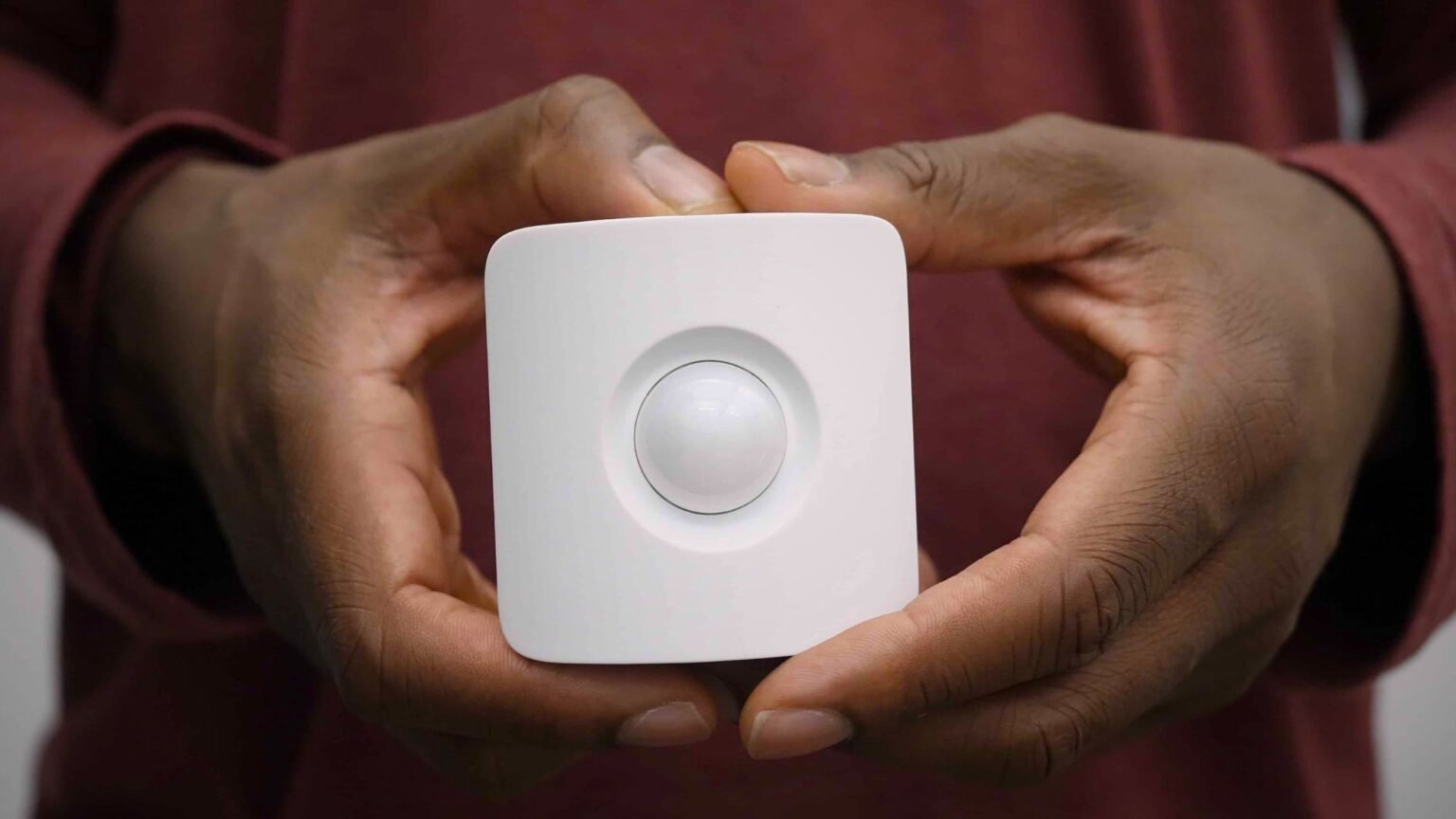The devices offer a supplement to security against unauthorized entry into a certain space. Motion sensors automatically identify movement within a particular space and activate an alarm if such suspicious activity is observed. The possibility of using infrared, microwave, or ultrasonic waves as sensing technologies makes it easy to monitor and secure indoor and outdoor spaces. Modern security systems, like wireless intruder alarms UK, include motion sensors in a comprehensive and convenient home security approach. Below we are going to elaborate on the type of motion sensor alarms available and how these can enhance home security.
Microwave Motion Sensors:
Microwave sensors emit electromagnetic waves that track movement in a zone. These sensors send microwave pulses and then measure the time these waves take to come back after reflecting off an object. Where movement is present, the returning waves are interrupted, meaning the intruder is detected. Microwave sensors are very sensitive and viewable through walls. These are also quite suitable for big homes or open areas. However, because of their sensitivity, you may receive false alarms from various objects outside the home at times. So, there is a greater importance of proper installation and calibration.
Dual Technology Motion Sensors:
Combination of Dual Technologies: Motion sensors can incorporate two types of detection methods, for example, PIR and microwave sensors. These combinations often ensure higher accuracy with fewer false alarms. In this manner, the sensor will only work when two technologies are determined to be detecting movement at nearly the same time, hence minor disturbances will not cause the alarm needlessly. This kind of sensor is especially suitable in places where the other would find it difficult to work perfectly, such as areas with sudden temperature extremes and moving objects like curtains. The two methods used in the detection enhance the reliability of the dual-technology sensors in home security, especially the high-security areas.
Ultrasonic Motion Sensors:
The ultrasonic sensors work by emitting sonic waves that are audible neither to humans nor animals. These waves bounce off other objects in the surrounding environment and revert to the sensor. Once movement occurs, sound waves are disrupted. Thus, the sensor sends an alarm signal. Ultrasonic sensors are highly sensitive and can distinguish quite soft movement, and hence they are very ideal for indoor use where precision is key. While this makes them sensitive enough to detect small animals or even air drafts to cause false alarms. Careful placement can counteract the effects so that motion sensors are used effectively.
Pet-Immune Motion Sensors:
It is very common for people to worry about false alarms with motion sensor alarms because of pets. The solution to the problem is an animal-immune motion sensor that is designed not to account for animal movement less than a certain possibility about that of small dogs or cats for human intruders. These sensors use the latest in algorithms to identify the size and heat signatures of pets as opposed to humans. Pet-immune sensors are especially helpful with homes and animals as they provide security without having constant false alarms. They allow homeowners to be relieved while away from home as they leave their pets in the house roaming without any worries.
Integration with Smart Home Systems:
Smart home systems are usually integrated with current motion sensors controlled and monitored effortlessly through mobile apps or voice assistants. In such a system, in case of detecting facial recognition or motion, alerts would automatically be sent to the smartphone of the homeowner, thus providing immediate awareness of possible intruders. The most advanced motion sensors can even connect with security cameras that, in the case of an alarm activation, will allow the homeowner to see the live feed. Pairing motion sensors with smart home technological innovations offers the convenience of pliability. Making it easy for users to maintain their home security systems remotely.
Conclusion:
Motion detector alarms form part and parcel of modern home security systems. Very effective in keeping off intruders. Whether using PIR sensors, microwave sensors to software or dual technology sensors. The detection of suspicious movement is obviously enhanced. The additional technologies in the tech industry make it more available and easier to fit for even a homeowner. Understanding the various types of motion sensors and how to apply them enables an individual to make an informed choice for protecting property and bringing peace of mind.

